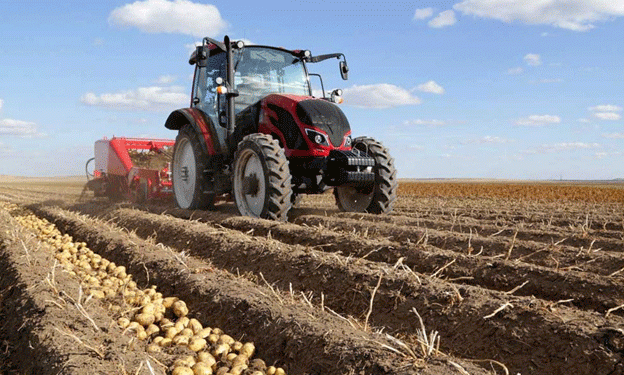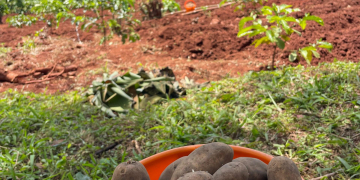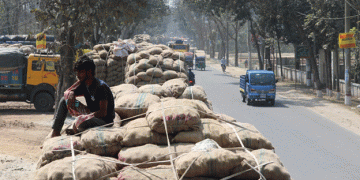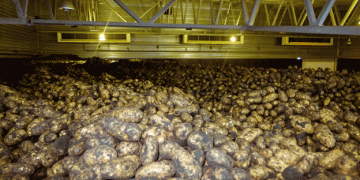In Castilla y León, Spain, the main potato harvest season has officially begun. This marks a significant period for the region’s agricultural sector, which anticipates high-quality yields despite the challenges observed in other parts of the country. Recent rains have slightly delayed the harvest, but the first parcels were burned off over the weekend, signaling the start of this crucial period.
Challenges from the South
Earlier this year, potato yields in Murcia and Andalucia fell by approximately 30%. This decline has created an atmosphere of uncertainty among farmers in Castilla y León. Yolanda Medina, Vice President of the Regional Potato Interprofessional Organization, remains optimistic about the campaign despite these concerns. “Last year, the southern campaign overlapped with that of the Duero Valley, but this time the situation is very different,” she notes. The time gap between the southern and northern harvests may allow for better market conditions and potentially stabilize prices.
Market Conditions and Consumer Demand
One of the critical factors affecting this year’s harvest is the notably low consumer demand observed thus far. This low demand poses a significant risk to farmers in Albacete and Castilla y León, who are otherwise expecting good yields per hectare and high-quality potatoes with consumer-preferred sizes. Medina highlights the delicate balance that must be achieved between supply and demand to ensure favorable outcomes for producers.
The Influence of Tourism
The promising tourism season provides a silver lining, as it is expected to boost potato consumption. However, it’s essential to consider that tourists often consume frozen or fourth-range potatoes, not necessarily fresh or seasonal Spanish potatoes. Countries like France and Belgium are expanding their freezing capacities to meet the growing demand for such products, indicating a shift in consumer habits that Spanish farmers must adapt to.
Regional Harvest Status
Harvesting in Murcia and Andalucia is nearly complete, while Albacete is just beginning, aligning with the early areas of Castilla y León. Producers in Villena, Alicante, are also ready to start their harvests. In Mallorca, the recent rains had temporarily halted harvesting activities, but they have resumed to ensure steady supplies for both the local market and exports.
European Context
Across Europe, potato harvesting is in various stages. In Portugal, harvesting is in full swing, particularly in the southern regions and around Lisbon. This year’s campaign began in late May, with significant exports expected, continuing the trend of recent years. Countries like Italy, Greece, and Georgia are also actively harvesting.
In France, very little harvesting has occurred so far. In the Landes region, producers are under pressure from French supermarket chains to begin harvesting, aiming to stockpile local potatoes. Meanwhile, Egypt continues to supply European markets, adding to the competitive landscape.
Storage and Supply Concerns
A notable issue this year is the low volume of stored potatoes across Europe, including Spain. France remains an exception, maintaining stocks of firm-fleshed potato varieties. Italy has started capitalizing on this situation by exporting potatoes to Germany and the Netherlands, benefitting from lower transport costs compared to Spain.
As the main harvest begins in Castilla y León, the potato sector faces significant challenges. The reduced yields in the south, fluctuating consumer demand, and the evolving market dynamics underscore the importance of strategic planning and adaptive practices. Despite these hurdles, there is cautious optimism for a successful harvest, with the potential for strong yields and quality produce. The ongoing efforts to balance supply and demand, along with the positive impact of tourism, will be crucial in navigating this uncertain period.





